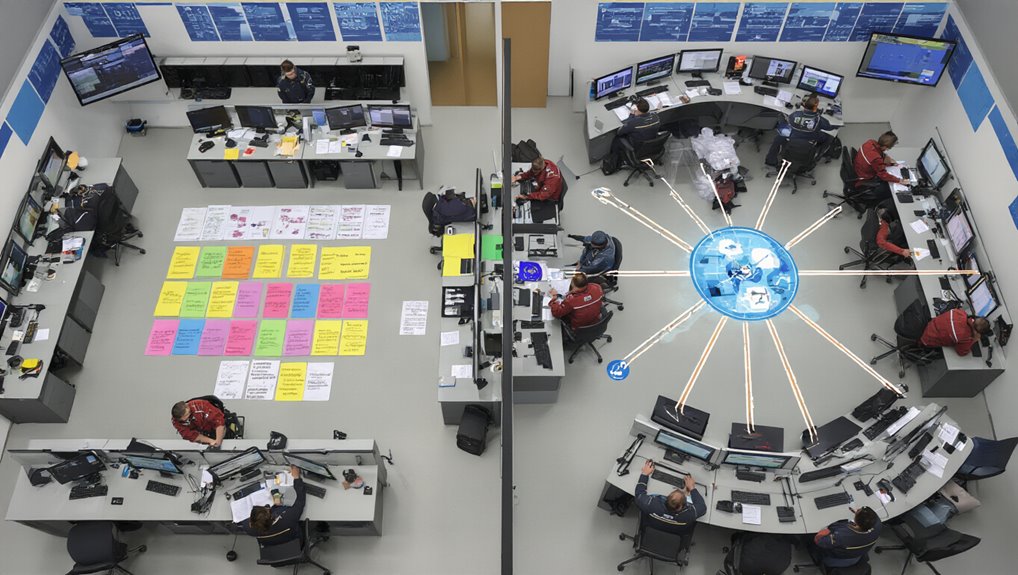Many organizations implement ServiceNow with hopes of streamlining operations, only to discover that automation alone cannot fix fundamentally flawed processes. ServiceNow excels at automating workflows, but its effectiveness depends entirely on the quality of the processes being automated. When organizations digitize broken procedures, they simply create faster failures.
Automating a flawed process doesn’t fix it—it simply accelerates the path to failure.
The danger lies in automation’s ability to amplify existing problems. Flawed processes, once automated, can generate errors at unprecedented speeds. For example, an approval workflow with unnecessary steps doesn’t improve when digitized—it just moves bottlenecks to digital channels. ServiceNow’s powerful automation features can inadvertently reinforce departmental silos if the underlying process design doesn’t facilitate cross-functional collaboration.
Integration challenges further complicate ServiceNow implementations. Legacy systems often resist smooth integration, forcing teams to create manual workarounds that undermine automation benefits. Complex workflows with multiple handoffs frequently exceed out-of-the-box capabilities, requiring costly customization. As evidenced by one leading insurance company, unwanted customizations on ServiceNow can create operational challenges that impact both efficiency and customer satisfaction.
Many organizations underutilize ServiceNow’s process mining and analytics tools that could identify inefficiencies before automation begins. Proper data governance frameworks are essential to ensure consistent handling of information across integrated systems.
RPA and AI capabilities within ServiceNow offer both opportunities and risks. While RPA excels at repetitive tasks, it lacks human judgment for exceptions. AI-powered automation can predict issues but depends on quality data. Organizations training AI on flawed processes merely perpetuate existing problems at scale. The combination of RPA and AI increases both potential benefits and implementation complexity. Successful RPA integration with ServiceNow requires clear objectives to ensure automation aligns with strategic business goals.
The financial implications are significant. Properly implemented automation can deliver 30-200% ROI within a year through labor savings. However, poorly designed automated processes often increase exception handling and rework, negating expected benefits. Time saved in processing rarely translates to bottom-line improvements when the fundamental process remains broken.
Before implementing ServiceNow automation, you should thoroughly analyze and optimize your processes. Focus on eliminating unnecessary steps, reducing handoffs, and clarifying decision points.
Remember that technology amplifies your existing operational model—for better or worse. The most successful ServiceNow implementations begin with process excellence, not with automation alone.









